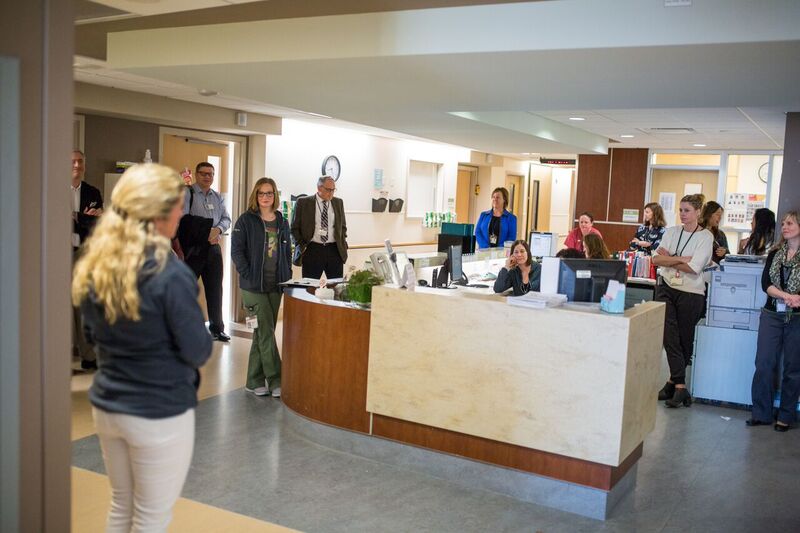
A hospital with 13,000 problem solvers
By: Rob MacIsaac, president & CEO, Hamilton Health Sciences
If we at Hamilton Health Sciences are to realize our vision of Best Care for All, it will require making some fundamental changes to the way we operate.
The problems and challenges confronting us in healthcare are too big and too complex for a traditional top-down management model. Instead, we are tapping into the collective wisdom of our 13,000+-strong workforce to find solutions to these big problems. Simply put, we are becoming an organization of 13,000 problem-solvers.
That’s why we’ve launched a new management system aimed at empowering our people to relentlessly improve on quality. And although this is ostensibly a new way for us to manage our hospital, it’s fundamentally about changing our culture. From the bedside to the executive level, we are transforming the way we manage, learn and grow as an organization.
The problems and challenges confronting us in healthcare are too big and too complex for a traditional top-down management model.
That transformation begins with a commitment to valuing and respecting the work of everyone in our organization. It means changing where we look for improvement. The most important lessons to be learned in how to improve care will be found where care is being provided – on the floor, in our units. It means recognizing that our workers are the best potential source of ideas for improvement. No one knows care and how to improve it better than our care providers.

Our transformation also means changing the role of leadership. Leaders are learning to empower their direct reports to come up with and implement solutions, which means spending more time coaching and facilitating than directing and monitoring. Leadership, including our Board of Directors, will continue to set the vision and mission for our organization. How we achieve it, however, will be very much determined by frontline teams.
No one knows care and how to improve it better than our care providers.
We cannot make this transformation all at once and it’s still early days for us. We’ve learned that trying to live in both the old world and the new world of managing is tough. But we’re excited about the early results, and I’m confident this will ultimately pay big dividends for our patients.
I recently spoke with a nurse with more than 20 years experience who works on one of the clinical units where we’ve made these changes. She said she has seen a lot of change come and go over the years, but that these changes feel like the real deal.
Who better to ask?
